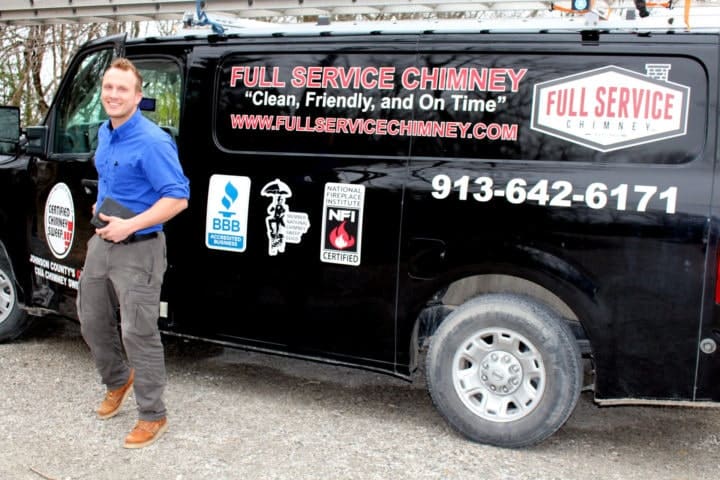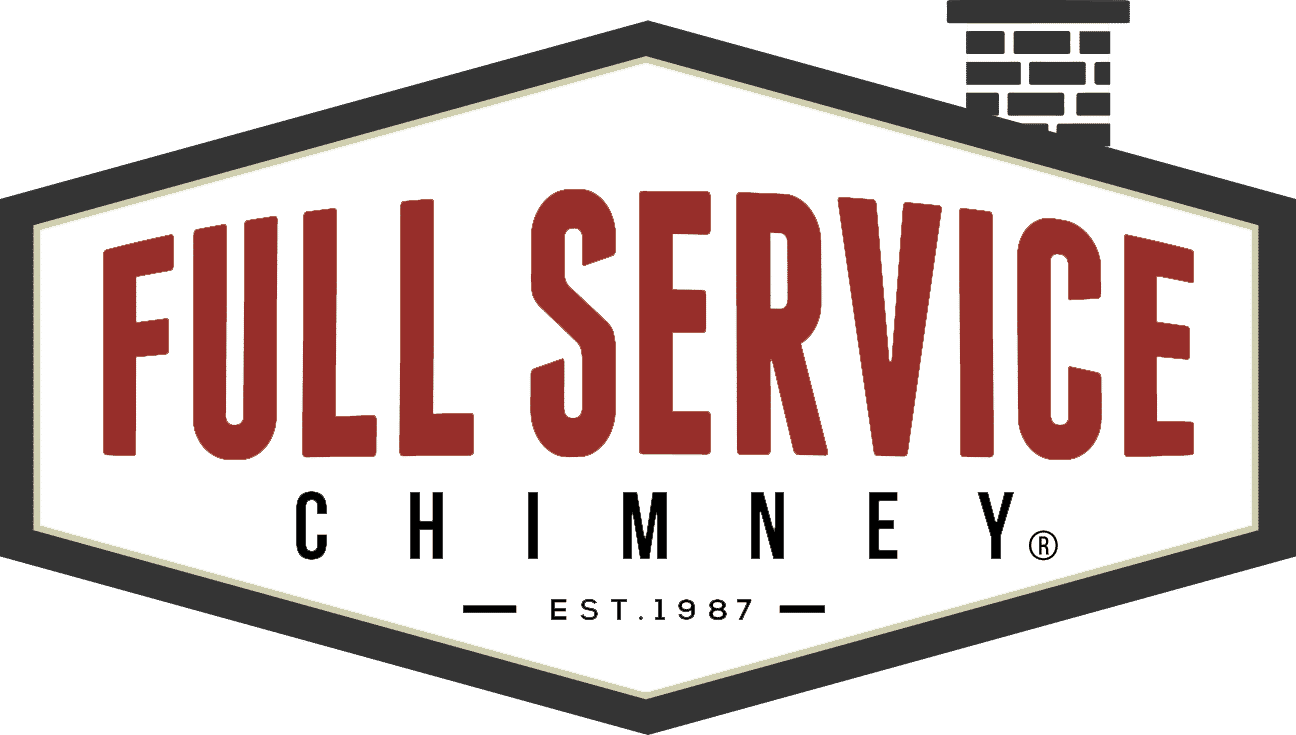Ventless Gas Fireplace Inserts offer homeowners an alternative to conventional masonry fireplace chimneys. However, due to safety concerns, caution must be exercised before choosing them for your home’s hearth and comfort.
The decision of what type of fireplace you want in your home is never easy. Especially when natural gas or propane gets involved, there is always something more to consider.
*Please consult your local chimney professional and do not attempt to install gas systems yourself.

Disadvantages of No-Vent Fireplaces
A gas fireplace without vents offers the appeal of an inexpensive alternative to the more substantial vented gas fireplace and chimneys. But because non-vented gas logs and fireplaces vent exhaust into the home, this advantage is offset with added carbon monoxide concerns. With that said, it is an advantage to understand the details so when it’s time to talk to your fireplace installer you’ll be armed and ready with information and know the right questions to ask.
Pros of Vent Free Units |
Cons of Vent Free Units |
|
|
|
|
|
|
|
|
|
|
|
|
|
Vent-Free Fireplace Safety
Vent-free gas logs and fireplaces pose a risk, as do all gas appliances. When any fuel is burned, the potential for carbon monoxide to be produced is a real threat that you and your family must be aware of. Should carbon monoxide be introduced to the indoor air, it affects the health of all occupants and exposure is life-threatening.
Conventional gas fireplaces, on the other hand, vent their combustion byproducts through a vent or fireplace flue. These types of gas appliances and heaters have an added level of chimney safety, as they are built to exhaust the byproducts of combustion to the outdoors.
However, ventless gas logs and the more substantial counterpart, ventless gas inserts do not have a chimney pipe or flue vent.
So, if the unit becomes dirty or damaged from contaminated air, or the occupants are sensitive to mold growth or formaldehyde, just know: these appliances vent into the home’s living space.

If you’re still considering installing a set of ventless gas logs, stove or fireplace insert into your home, please call us first!
Our Certified Professionals can help you make an informed decision.
When called out to a fireplace evaluation, our technicians will fully address all concerns and answer all questions you may have about changing your existing system.
If you’re not ready to commit to an in-home visit, that’s okay call our office at 913-642-6171 and talk to a Certified Chimney Tech ready to answer your questions Monday-Friday.

